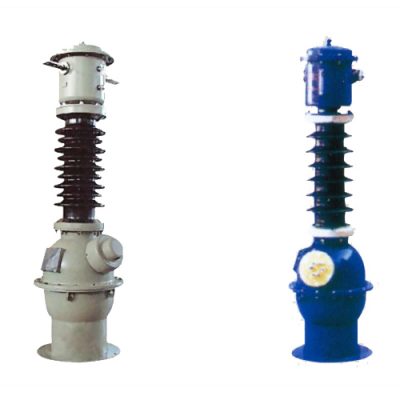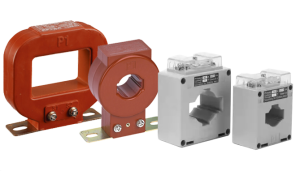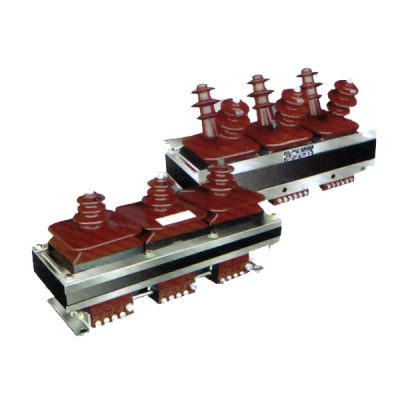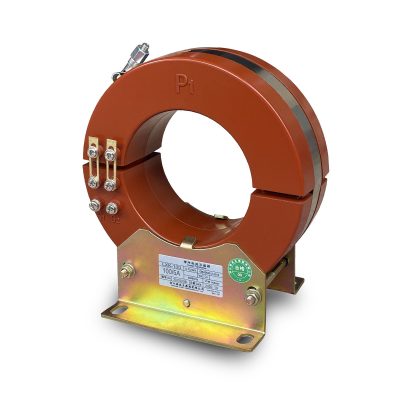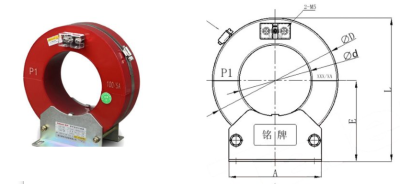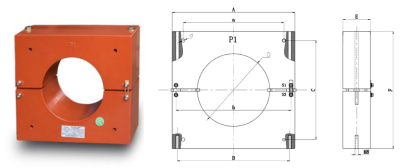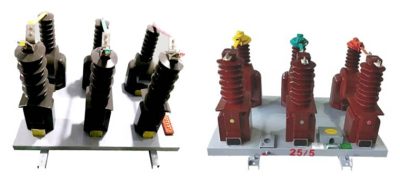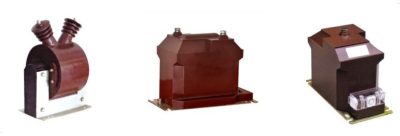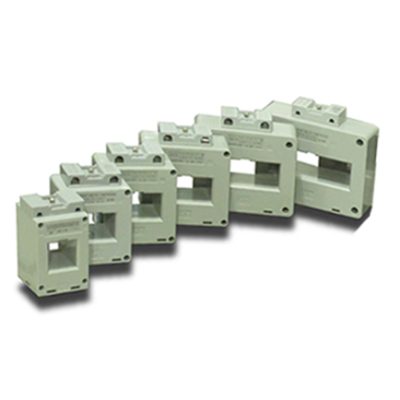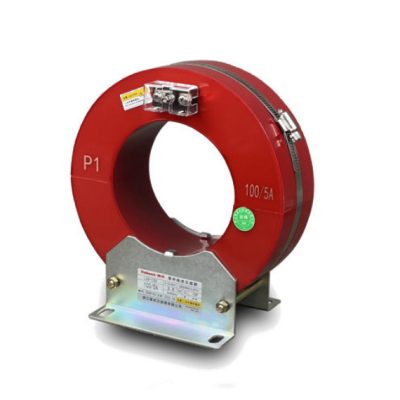-
Analysis of the Impact of Current Transformer Faults on Energy Meter Accuracy
Abstract As the demand for electricity continues to grow with the development of the modern economy, ensuring accurate energy metering has become crucial for power enterprises to achieve economic benefits and maintain operational efficiency. The energy metering system comprises three key components: current transformers (CTs), energy meters, and secondary circuits. Among these, the CT is…
2025-05-19 -
Number of Permissible Grounding Points in the Secondary Circuit of Voltage Transformers
In practical applications within power systems, voltage transformation, monitoring, and control are essential operations. Voltage transformers are commonly used to step down high voltages for safer handling and measurement. For safe and stable system operation, the secondary circuit of these transformers often requires grounding. But how many grounding points are allowed in a voltage transformer’s…
2025-05-19 -
A Discussion on the Saturation Point of Current Transformers: Transformer Protection and Current Protection
Understanding the working characteristics of current transformers (CTs) is essential to ensure the accurate operation of protection systems, especially when external faults lead to high currents that may cause CT saturation. Saturation can affect the protection mechanism, potentially compromising the system’s safety and reliability. Several testing methods are available to assess whether a CT will…
2025-05-19 -
Zero-Sequence Current Transformer Protection Principle and Applications
Introduction Zero-sequence current transformers (ZCTs) play a crucial role in electrical power systems by detecting ground faults and ensuring the safe and stable operation of power networks. They work in conjunction with protective relays and monitoring systems to detect zero-sequence currents caused by ground faults or unbalanced loads. By providing accurate fault detection, ZCTs help…
2025-04-23 -
Working Principle of Zero-Sequence Current Transformers
What is a Zero-Sequence Current Transformer? Zero-sequence current transformers (ZCTs) are specialized devices used in electrical power systems to measure zero-sequence currents. These currents typically arise from system imbalances, such as faults in electrical equipment like transformers or motor windings. ZCTs play a vital role in detecting these imbalances, helping power systems identify faults, prevent…
2025-04-20 -
Causes and Solutions for False Fault Alarms in Zero-Sequence Current Transformers
Introduction Zero-sequence current transformers (ZCTs) are essential for monitoring and protecting electrical systems. These devices detect zero-sequence currents, typically caused by imbalances such as ground faults or equipment failures. ZCTs play a vital role in detecting these imbalances, helping power systems identify faults, prevent equipment damage, and maintain reliable operation. This article explores the causes…
2025-04-20 -
Troubleshooting Techniques for Burnt Voltage Transformers
Key Points When a voltage transformer (VT) burns out, merely replacing it without identifying the cause will often result in repeated failures. This can harm the system’s reliability and damage its credibility. The following analysis of the situation and troubleshooting techniques should be used to identify the root cause of the issue: Voltage Fluctuations and…
2025-04-10 -
Common Faults and Troubleshooting of Current Transformers Faults
Abstract Current transformers (CTs) are essential components of power metering systems. Faults during their operation can significantly increase energy measurement errors by affecting the transformation ratio. To reduce these errors, it is crucial to identify and manage CT faults effectively. This article outlines the basic principles of current transformers, analyzes common operational faults, and provides…
2025-04-06 -
Single-Phase Voltage Transformers Role, Function, and Importance in Power Systems
What is a Single-Phase Voltage Transformer? A single-phase voltage transformer is a specialized electrical device used in power systems to transform voltage levels. It comprises key components like the core, primary winding, secondary winding, and a molded casing that encases these elements. Additional parts include a terminal box, an elbow-shaped terminal block, and a conductive…
2025-04-06 -
Analysis of the Impact of Incorrect CT S1 and S2 Connections and Reversed Input Lines
The Role of S1 and S2 in Current Transformers In a current transformer, the S1 and S2 terminals are designed to handle the input and output of primary current to the secondary circuit. S1 represents the primary side input, while S2 is the output. This directional connection ensures the proper phase relationship between the primary…
2025-04-03 -
Common Fault Handling for Current and Voltage Transformers
Common Fault Handling for Voltage Transformers Voltage Transformer Primary Fuse Blown Symptoms: Phase-to-phase voltage decreases or drops to nearly zero, while unaffected phases remain unchanged or slightly decrease. Line voltage may drop when switching faulty phases. Power meters and reactive power meters show reduced readings, and energy meters slow down. A “Voltage Circuit Break” signal…
2025-03-29 -
Error Analysis and Maintenance of Current Transformers in Power Systems
Introduction Power systems are critical infrastructure in modern society, ensuring stable electricity transmission and distribution across various sectors. Current transformers (CTs) play a vital role in these systems by measuring current and providing protection. However, due to environmental changes, aging, or quality issues, CTs may develop errors that compromise their performance. This document discusses the…
2025-03-28 -
Zero-Sequence Current Transformers vs. Standard Current Transformer
In power systems, transformers play a vital role, and among them, zero-sequence current transformers and standard current transformers have significant differences. Due to their distinct applications and operating principles, these two types of transformers are often confused. Here, we’ll provide an overview of each type, helping you to understand their unique characteristics and avoid confusion.…
2025-03-27 -
Introduction to Combined Transformers and Their Classification
Introduction to Combined Transformers and Their Classification A combined transformer, also known as a composite transformer, is an integrated unit that combines a voltage transformer (VT) and a current transformer (CT). These transformers are often produced together as part of a system for more efficient and space-saving installation. The combined transformer may be used for…
2025-03-25 -
4 Common Causes of 10kV Three-Phase Five-Pole Voltage Transformer Failures and Solutions
Causes of Burnout 1.1 Quality Concerns The internal quality of the voltage transformer is one of the most critical factors contributing to failure. Transformers with substandard components or poor manufacturing processes are more prone to internal defects, such as overheating or insulation breakdown, which can lead to burnout. Poor quality materials or design flaws in…
2025-03-22
